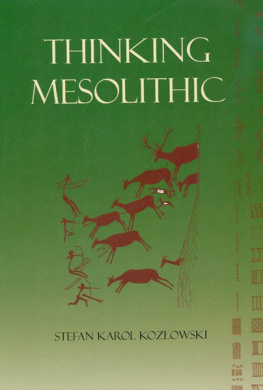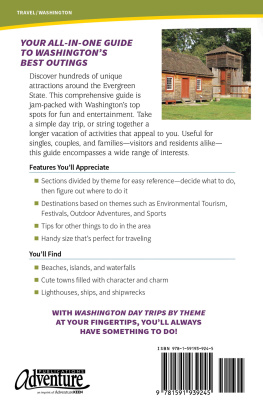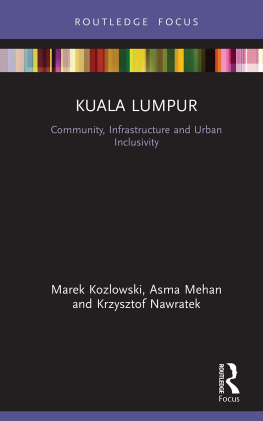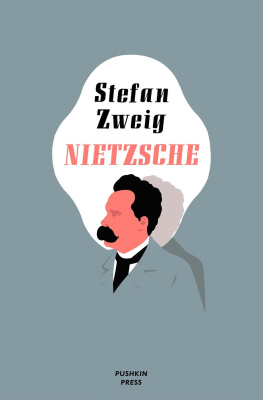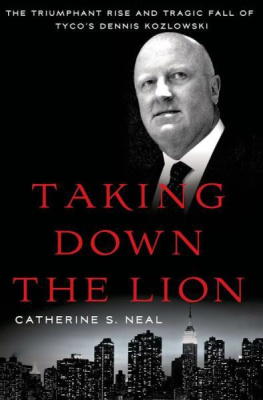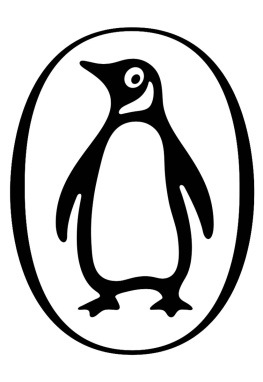Stefan K. Kozlowski - Thinking Mesolithic
Here you can read online Stefan K. Kozlowski - Thinking Mesolithic full text of the book (entire story) in english for free. Download pdf and epub, get meaning, cover and reviews about this ebook. year: 2009, publisher: Casemate Publishers & Book Distributors, LLC, genre: Romance novel. Description of the work, (preface) as well as reviews are available. Best literature library LitArk.com created for fans of good reading and offers a wide selection of genres:
Romance novel
Science fiction
Adventure
Detective
Science
History
Home and family
Prose
Art
Politics
Computer
Non-fiction
Religion
Business
Children
Humor
Choose a favorite category and find really read worthwhile books. Enjoy immersion in the world of imagination, feel the emotions of the characters or learn something new for yourself, make an fascinating discovery.
- Book:Thinking Mesolithic
- Author:
- Publisher:Casemate Publishers & Book Distributors, LLC
- Genre:
- Year:2009
- Rating:5 / 5
- Favourites:Add to favourites
- Your mark:
- 100
- 1
- 2
- 3
- 4
- 5
Thinking Mesolithic: summary, description and annotation
We offer to read an annotation, description, summary or preface (depends on what the author of the book "Thinking Mesolithic" wrote himself). If you haven't found the necessary information about the book — write in the comments, we will try to find it.
Thinking Mesolithic — read online for free the complete book (whole text) full work
Below is the text of the book, divided by pages. System saving the place of the last page read, allows you to conveniently read the book "Thinking Mesolithic" online for free, without having to search again every time where you left off. Put a bookmark, and you can go to the page where you finished reading at any time.
Font size:
Interval:
Bookmark:
Published by
Oxbow Books, Oxford, UK
Oxbow Books and the individual author, 2009
ISBN 978-1-84217-335-0
EPUB ISBN: 978-1-78297-298-3
PRC ISBN: 978-1-78297-299-0
This book is available direct from:
Oxbow Books, Oxford, UK
(Phone: 01865-241249; Fax: 01865-794449)
and
The David Brown Book Company
PO Box 511, Oakville, CT 06779, USA
(Phone: 860-945-9329; Fax: 860-945-9468)
or from our website
www.oxbowbooks.com
A CIP record of this book is available from the British Library
Library of Congress Cataloging-in-Publication Data
Kozlowski, Stefan Karol.
Thinking / by Stefan Karol Kozlowski.
p. cm.
Includes bibliographical references.
ISBN 978-1-84217-335-0
1. Mesolithic period--Europe. 2. Europe--Antiquities. 3. Human ecology--Europe--History. 4.
Prehistoric peoples--Europe. 5. Industries, Prehistoric--Europe. 6. Excavations (Archaeology)-
Europe. 7. Europe--History, Local. I. Title.
GN774.2.A1K69 2009
936--dc22
2009035393
All cover images are taken from the figures inside the volume
On the front: deer and hunters: 12.2.3h, patterns 12.2.3c
On the spine: 12.2.3c
On back: Profile horse heads: 12.2.1c, front-on horse heads: m12.2.3d, site plans: 2.2.5b
Printed in Great Britain by
Short Run Press, Exeter
For most people the world ends on the threshold of their own home, the outskirts of their own village, the borders of the valley they live in at the farthest.
Ryszard Kapuciski, Heban
Contents
Preface
It all started fifty years ago when a young student at Warsaw University heard one of his professors lecturing on the small Mesolithic microliths which he considered as little more than arrowheads for hunting wild game, small because degenerate in form
This view of the Mesolithic was quite common back then and few researchers thought otherwise. Among the few were Grahame Clark, Therkel Mathiassen and Hermann Schwabedissen (even their definition of the Mesolithic included Late Pleistocene phenomena). Something had to be done to escape the magic ring of the ubiquitous Tardenoisian (discovered even in the Crimea!) and the simplified and rather nave view of the chiefly bone Maglemosian. In other words, the time had come for professionals to take the stage.
This they did and in several countries all at once. Researchers active in the field since the 1960s have included S.H. Andersen (Fig. 0), S.K. Arora, O.N. Bader, B. Bagolini, H.G. Bandi, I. Barandarian, M. Barbaza, C. Barrire, J. Barta, C.J. Becker, P. Biagi, P. Binz, A. Bohmers, K. Bokelmann, C. Bonsall, V. Boroneant, E. Brinch-Petersen, A. Broglio, G.M. Burov, V. Chirica, G.A. Clark, G. Cremonesi, E. Cziesla, R. Daniel, M. Egloff, M. Escalon de Fonton, J. Fortea-Perez, R. Feustel, J.M. Fullola i Pericot, I. Gatsov, P.A. Gendel, A. Gob, B. Gramsch, N.N. Gurina, J. Hinout, L. Jaanits, R. Jacobi, T. Jacobson, M.A. Jochim, R. Kertesz, B. Klima, V.Y. Koen, L.V. Koltsov, J.K. Kozowski, S.K. Kozowski, V.P. Ksiendzov, M. Lanzinger, L. Larsson, I. Loze, V. M. Lozovski, V. Luho, V. Markevich, F. Martini, G.N. Matiushin, L.G. Matskevoi, H. Matiskainen, K. Narr, R.R. Newell, B. Nordquist, S.V. Oshibkina, T. Ostrauskas, A. Paunescu, C. Perls, D.T. Price, I. Radovanovi, R. Rimantine, J. Roche, J.G. Rozoy, J. Roussot-Laroque, A.N. Sorokin, F. Spier, D. Srejovi, V. Stanko, W. Taute, D.Y. Telegin, A. Thvenin, C. Tozzi, P. Vermeersch, S. Welinder, H. Wickowska, P. Woodman, A. Wouters, R. Wyss, I. Zagorska, F. Zagorsk, L.L. Zalizniak, M.G. Zhilin and many others. This generation (which was not all that homogeneous in age, Jean-Georges Rozoy being the most senior member!) approached the task of systematic research on the Mesolithic material mostly from their countries or regions of origin in an ambitious and relatively modern way. In the effect, various monograph studies began to be published, presenting several local cultural sequences and local or regional taxonomic units identified on the basis of homogeneous assemblages.
In this place the author wishes to thank all his colleagues for discussion, access to material, important information, criticism and words of support.
Researchers naturally differed in opinions on specific issues, depending on the school they represented and their way of thinking. All things considered, however, the body of professionally published evidence was greatly augmented over a rather short period of time. Exact dating was still an issue in many instances and mistakes were not all that rare, but knowledge of the Mesolithic had been given a great push forward. The Mesolithic in Europe conference held in Warsaw in May 1973 provided the first opportunity for interested researchers to meet. We got to know one another, exchanged opinions, struck up relations. Then we, the participants from Warsaw, established the Mesolithic Commission of the UISPP, attracted an army of students and inspired successive European-wide meetings (next were Potsdam 78, Edinburgh 85, Leuven 90, Grenoble 95, Nynneshamn 00 and Belfast 05), not to mention numerous regional conferences. Our present knowledge of the Mesolithic of Europe is considerable, even if there are still problems of behavior, taxonomy and paleohistory to consider.
The present author was an active member of this community of researchers (having met personally all of those mentioned here by the first name) in the organizational sense, as well as studying and writing. Over the years, his work has fruited in a sizable body of publications, often offering ideas on issues viewed in a supraregional scale. It seemed a good idea to bring out a collection of the more interesting papers in revised version and when approached on the subject, Oxbow Books enthusiastically agreed. The present book is thus a collection of fragments of the authors papers from different periods, as well as some new ones written specifically for this edition, all treating on the Mesolithic of Europe.

Taxo-chronological issues on a supraregional scale were of paramount importance in preparing this presentation, determining the division of the book into chapters by supra-regions of Europe: South, Southeast, West and Center, East, North, followed by the Pre-Neolithic/Castelnovian. As noted already, the text is largely a re-edition of papers published earlier hence the unavoidable repetitions but revised, updated, often shortened and commented on, also with new material and ideas, and with changed figures. Thus, it is an entirely new quality, reflecting the authors present, not past, views and attitudes (except for the text Warsaw 73). In any case, seldom are older papers included whole; in most cases, a selection has been made and new parts of text added. Words of thanks are addressed to all the Publishers, Editors and Co-Authors who have kindly granted permission for these fragments of texts to be reproduced.
Naturally, for the exposition to be clear, the author has also found it essential to introduce fragments that bridge particular sections. After all, not all of his earlier works had covered issues in the same way, and indeed not all issues had been covered. Thus, each section devoted to a macro-region is preceded by a broader introduction, followed by archival texts. Summing up each chapter is a description of cultures, taxonomic units and historical processes occurring in specific regions.
In putting this puzzle of texts together, the author has felt compelled to introduce encyclopedic comments on certain issues. These texts appearing in may prove of interest to some readers.
The book opens with a chapter on definitions, including remarks on the typology used and the change dynamics in time and space. Following the presentation of particular macro-regions (i.e. South, Southeast, West and Center, etc.) is a discussion of Pre-Neolithic/Castelnovian, and finally, a historical synthesis/conclusion. Each archival text is sourced at the end of the book, including co-authors, if there were any; a selected bibliography has been added at the end of the volume. Again, I am deeply grateful to my colleagues Carlo Tozzi, Alberto Broglio, Giampaolo Dalmeri, Janusz K. Kozowski, Ivana Radovanovi, Jan Micha Burdukiewicz, Michel Dewez and Ren Desbrosse for permission to republish our joint articles.
Next pageFont size:
Interval:
Bookmark:
Similar books «Thinking Mesolithic»
Look at similar books to Thinking Mesolithic. We have selected literature similar in name and meaning in the hope of providing readers with more options to find new, interesting, not yet read works.
Discussion, reviews of the book Thinking Mesolithic and just readers' own opinions. Leave your comments, write what you think about the work, its meaning or the main characters. Specify what exactly you liked and what you didn't like, and why you think so.

